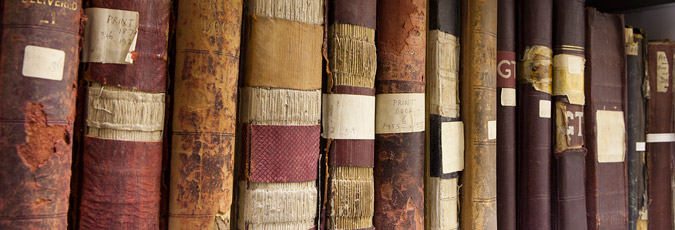History of the firm
The family firm of Agnew’s grew from a partnership entered into by Thomas Agnew (1794–1871) and Vittore Zanetti, an Italian print seller, picture-frame maker, gilder and dealer in Old Master paintings. The partnership was dissolved in 1835, leaving Agnew as the business’s sole proprietor.
Under his stewardship, the business expanded from its base in Manchester to become one of the country’s leading print sellers and publishers while also offering services such as framing, and it was at this time that the firm began to deal in contemporary British paintings, selling these to the rich industrialists in the north of England. In 1851, just two years before the first stock book was used, the business became Thos. Agnew & Sons with Thomas Agnew entering into partnership with his sons William and Thomas. The company flourished, dealing principally in Old Master paintings and drawings from the end of the 19th century, with a London branch opening in 1860 and the company taking up residence in 1877 in a purpose-built Bond Street gallery.
The archive of Thos. Agnew & Sons, acquired by the National Gallery in 2014, is housed within the Gallery’s Research Centre.
View our full catalogue record for the archive
About the project
The project has digitised the first 11 of the firm’s picture stock books, dating from 1853 to the beginning of the First World War. The stock books are a crucial source of information for anyone researching the history of art collecting and the market for contemporary and Old Master artworks during the 19th and 20th centuries. The stockbooks were digitised with the support of Lowell Libson.
Ultimately, we hope to transcribe the information contained within these volumes into a searchable database, freely accessible to the public.
How to use the stock books
The stock books are the most important records maintained by the dealership, as they contain the details of each artwork bought and sold as stock (by commission or otherwise) from the mid-19th century onwards.
Upon purchase, each artwork was assigned a stock number between 1 and 10,000. Once stock number 10,000 was reached the cycle began again from 1, hence more than one artwork can have the same stock number. Each entry within a stock book will usually record information in set columns, as follows:
- Stock number
- Date of acquisition
- Artist and Title
- From whom purchased (Ipse = purchased from the artist)
- Amount purchased for
- Estimated sale price
- To whom sold
- Date of sale
- Amount sold for
- Initials of seller, Branch, or further references
Creative Commons
The following digitally reproduced stock books are licensed for non-commercial use under a Creative Commons agreement.
Examples of non-commercial use are:
- Research, private study or for internal circulation within an educational organisation (such as a school, college or university)
- Non-profit publications, personal websites, blogs, and social media
This material has been provided by The National Gallery, London where the original manuscripts may be consulted.

